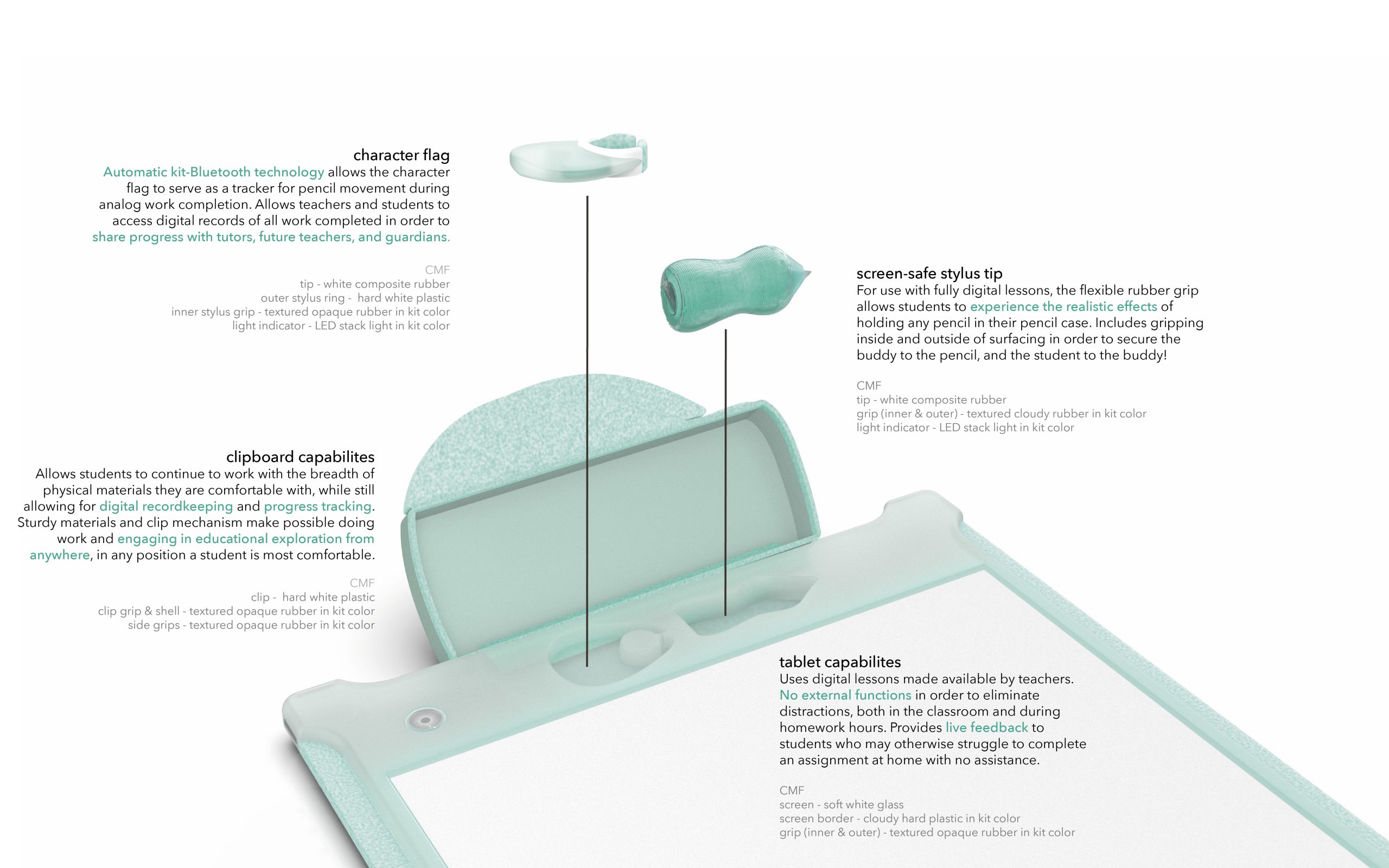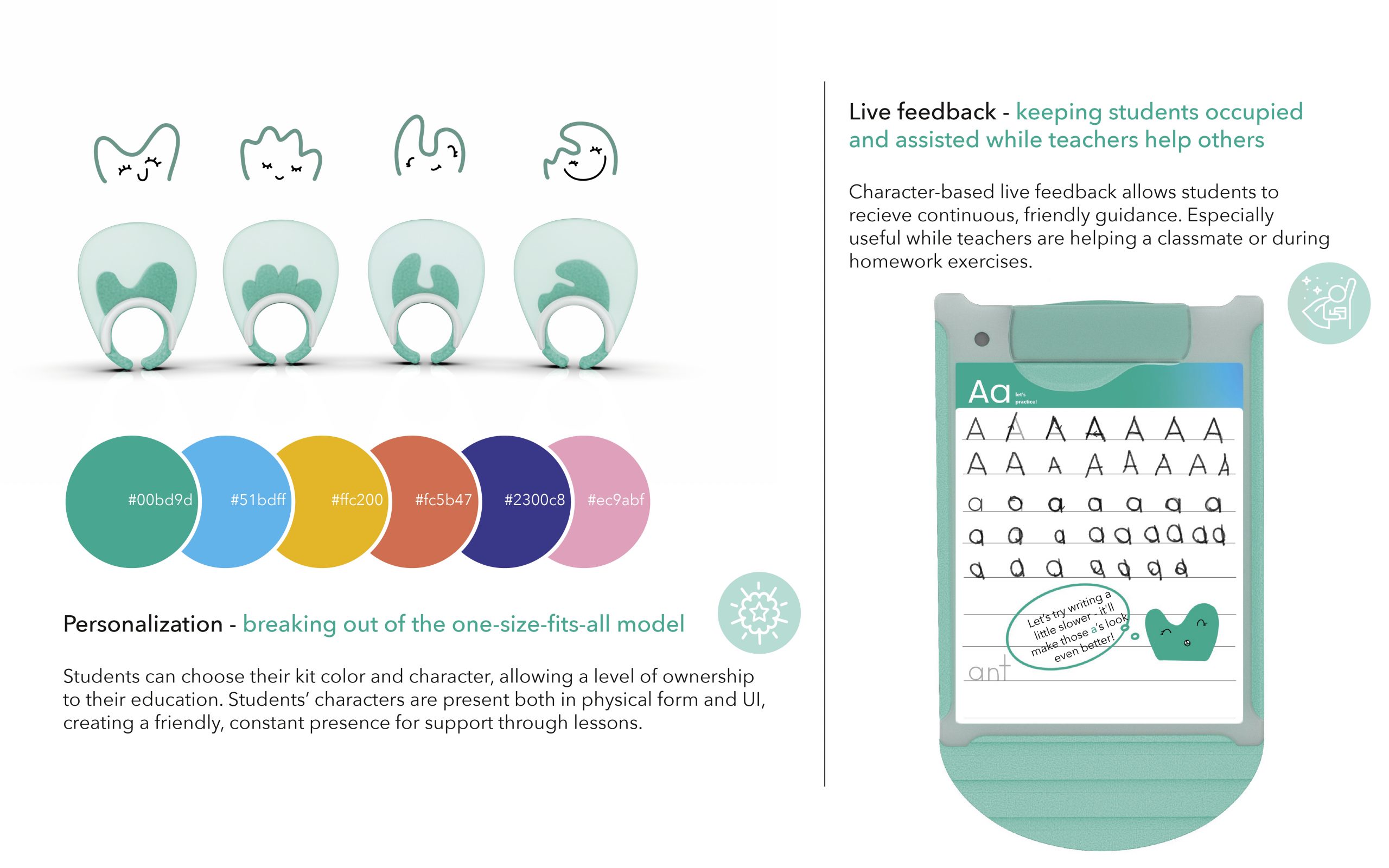Mary O'Reilly
BFA | Industrial Design
DESIGN BIO
Hi all! I’m Mary O’Reilly, an industrial design and data science student here at Notre Dame. When I’m not working there’s a good chance I’m watching the Red Sox, despite having been born and raised in Northern New Jersey (being a Sox fan in Yankee country has, if anything, helped me grow some really thick skin). An Irish dancer for the last 17 years, my love for working with, and for, children stems from the opportunity I had to teach at my lifelong dance studio for many of those years.
Through all my work, I hope to promote meaningful interactions between individuals, even beyond the point of direct contact with the product I’ve put in front of them. Just one interaction can have a huge impact on how one goes about their day, week, or life with compassion, motivation, and grace, and my work aims to actively encourage this.
PROJECT STATEMENT
Perhaps the best lesson my grandma, notably nicknamed “Grandma Silly,” has taught me is that moments of creative exploration are the most valuable – that if you can actively seek out this time, the benefits will be limitless. Before entering the tight structure of the American education system, young imaginations run wild in these explorative moments. However, as elementary education progresses creative outlets are less frequently utilized, resulting in a 68% decline in the number of American students who are considered to be creative only 5 years after exposure to our education system. Within the boundaries of elementary school classrooms unpersonalized lessons are expected to be done robotically and individually; understanding is expected to be continuously developed across changing environments; and learning is expected to be completed with technology which does not meet the youthful, creative desires of young students.
A lightweight, digital clipboard, Buddy reforms how technology is integrated into education by promoting an engaging, motivating, and collaborative environment. Using an additive Bluetooth stylus system, students and teachers are able to digitally track thought process and progress while maintaining a naturally engaging mode of lesson completion – unlike what is currently available through the widespread use of Chromebooks and comparable classroom laptops. The pairing of simple form with wireless connectivity allows students to connect their Buddies with those of their peers in order to share work and explore lessons together. The presence of friendly characters in both physical form and UI ensure that a student’s Buddy will aid and guide them through independent lessons with confidence, by means of a live feedback system.
The American education system is becoming increasingly reliant on technology to connect and engage students – Buddy rethinks the way this is achieved by prioritizing natural movement, personal motivators, and peer-peer interaction in order to preserve the youthful desire for creative exploration.
Online


















